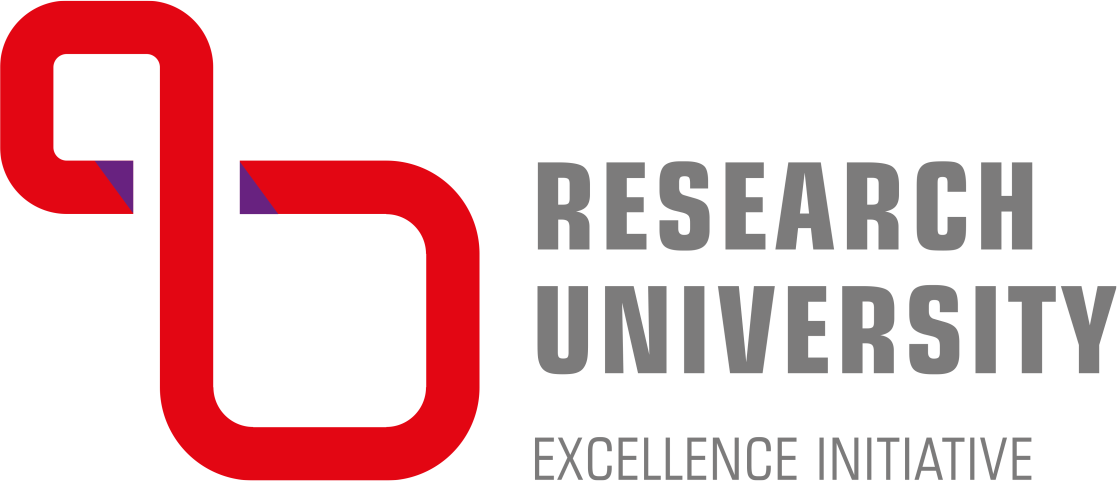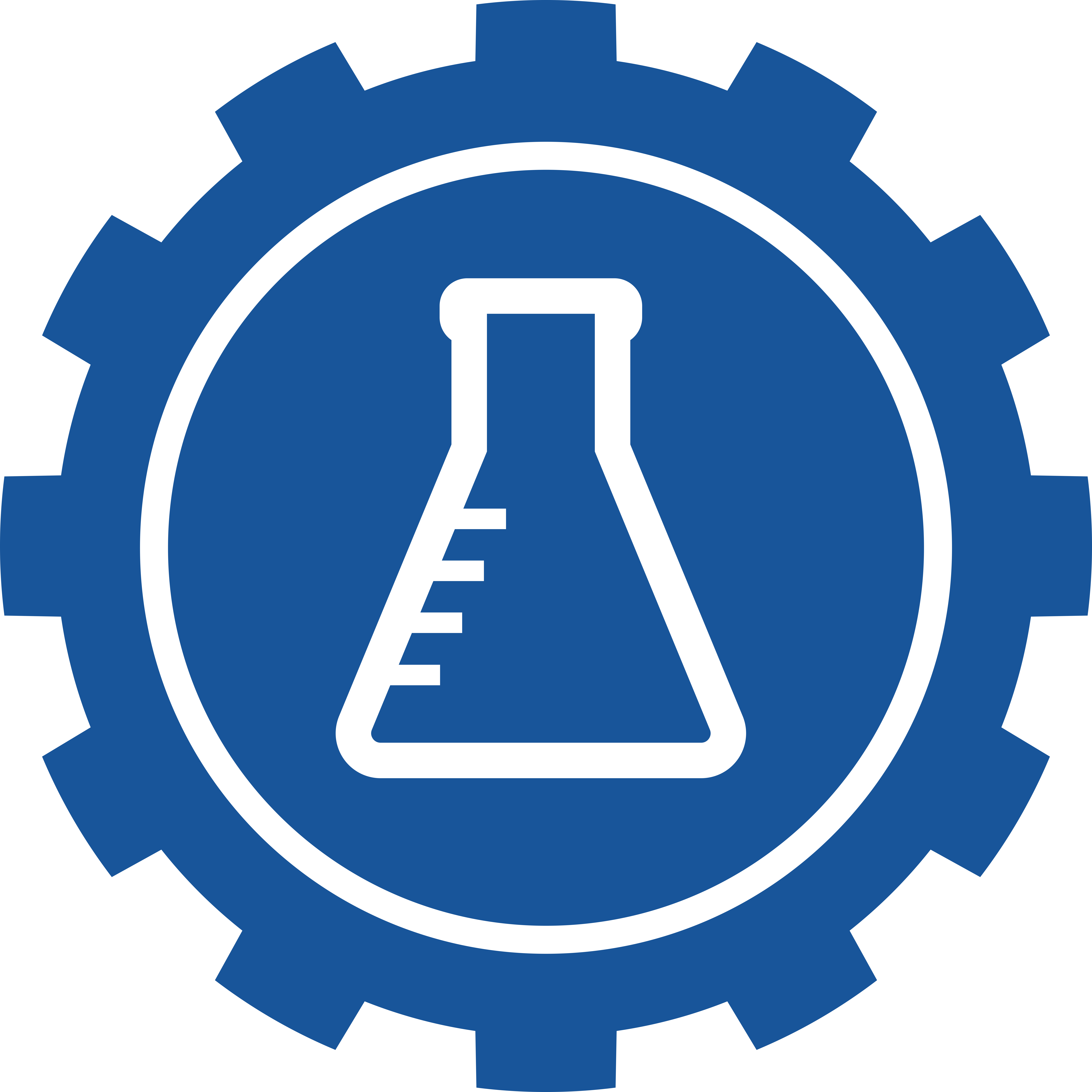Electrochemistry the silent hero in diabetes diagnosis
World Diabetes Day was established in 1991 by the International Diabetes Federation (IDF) and the World Health Organisation (WHO) as a response to concerns about the increasing incidence of diabetes worldwide. It falls on 14 November. And why exactly then? The answer to that question is one - insulin!
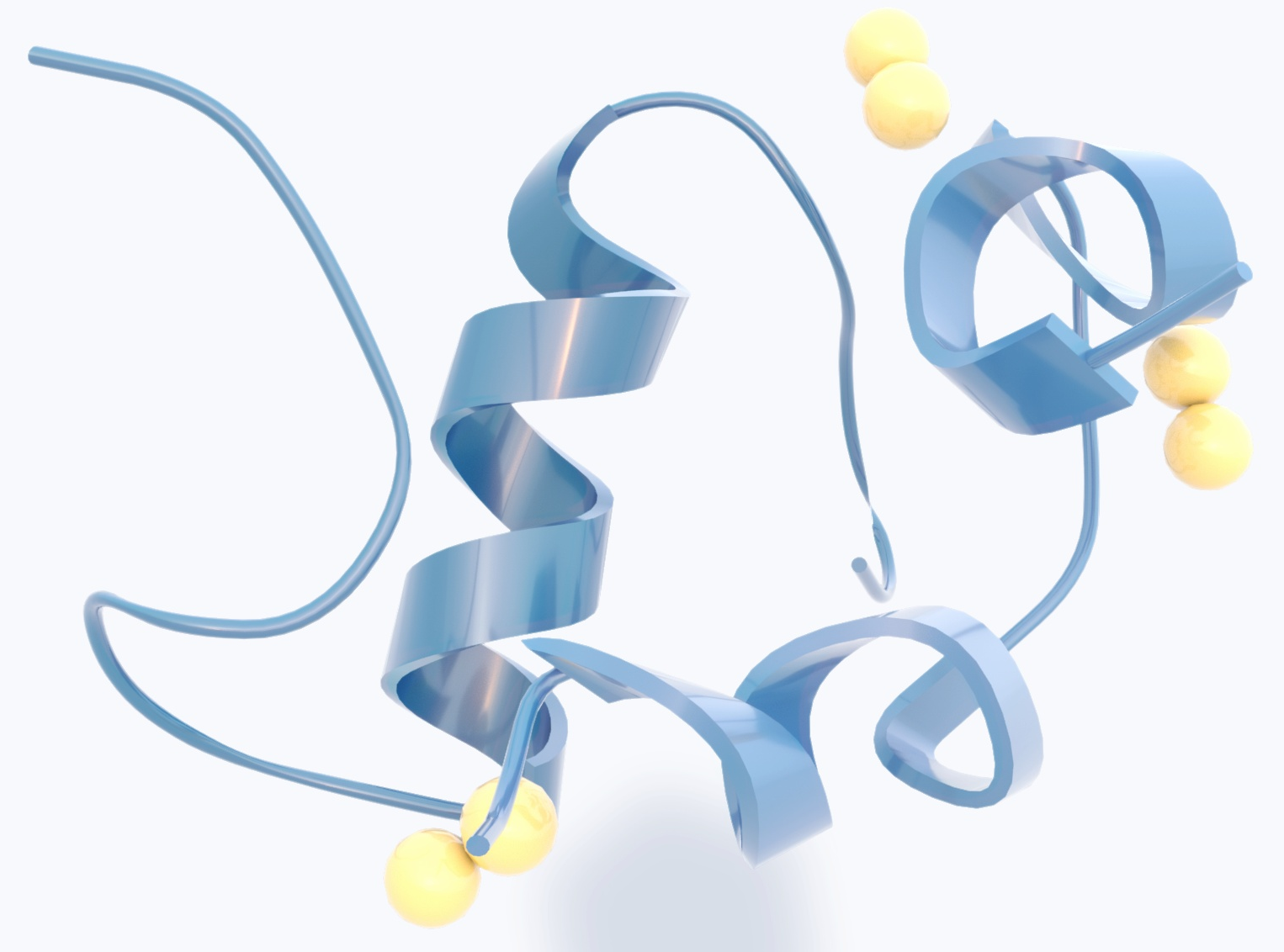
Figure 1: Insulin consists of two peptide chains connected by two disulphide bridges shown in yellow (the third disulphide bridge plays no role in binding); source: https://en.wikipedia.org/wiki/Insulin
Insulin - the molecule with a Nobel Prize
On 14 November 1891, Fredrick Banting was born in Canada. It was he, together with his student Charles Best, who isolated insulin from the liver of a dog in the laboratory of physiologist John Macleod in 1921. Banting and Macleod were awarded the Nobel Prize in Physiology or Medicine in 1923 for this discovery. Fredrick, being honest, shared both the prize money and the honours with Beste. But what exactly is this molecule?
Insulin is a hormone, produced by the pancreas, which plays a key role in regulating glucose (sugar) levels in the blood. It can be likened to a key that opens the door to cells, enabling them to take up glucose from the blood and use it as an energy source.

Diabetes - a disease of the 21st century
The incidence of diabetes in the 21st century is so high that it is sometimes referred to as an epidemic. It is a metabolic disease. Due to a malfunction of the pancreas and the secretion of insulin, hyperglycaemia, i.e. an increased concentration of glucose in the blood, occurs. There are several types of diabetes, the most common being type 2. Among other things, the disease is due to an unhealthy lifestyle and diet, which is largely preventable. Here is a brief description of the types of diabetes:
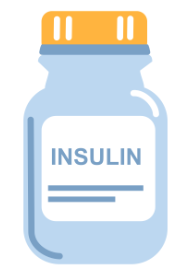 Type 1 diabetes
Type 1 diabetes
In this case, the body destroys its own insulin-producing cells. It is an autoimmune disease, which means that the immune system mistakenly attacks its own tissues. Type 1 diabetes usually appears in childhood or adolescence and requires constant insulin administration. Symptoms include: increased thirst, frequent urination, unreasonable weight loss, fatigue and visual disturbances.
 Type 2 diabetes
Type 2 diabetes
Here, the problem lies in the cells' resistance to insulin. Although the pancreas produces insulin, the cells do not respond adequately to it. Type 2 diabetes is often associated with obesity, physical inactivity and genetic factors. Symptoms can develop gradually and may not be noticeable at first. These include increased fatigue, frequent infections, visual disturbances, skin problems and sensory disturbances.
Treatment of diabetes depends on the type and the individual needs of the patient. Type 1 diabetes requires continuous insulin, a healthy diet and regular physical activity. For type 2 diabetes, treatment may include lifestyle changes, oral medications to lower sugar levels and, in advanced stages of the disease, insulin therapy. There is therefore a reason why insulin is on the WHO list of essential medicines.
Regular glucose measurements are the key to effective diabetes surveillance and treatment. They allow both the doctor and the patient to track how the body is responding to treatment and lifestyle changes made. It is advisable to always use the same glucometer to ensure the most reliable results. The puncture is made in the lateral part of the finger, avoiding the fingertips. If the measurement result seems doubtful, it is repeated after a few minutes. The device should be stored in a dry place, away from sources of heat and moisture, to ensure proper functioning. It is important that the expiry date of the strips is not exceeded.
But how does it work? How do we know after one drop of blood what the sugar level is? This is where, all in white, our silent hero - electrochemistry - comes in!
Glucometer
A strip glucometer is a medical device that is used to measure blood glucose levels. It is a key tool in the diagnosis and monitoring of diabetes mellitus, enabling patients and doctors to closely monitor sugar levels.
The principle of the glucose meter is based on an enzymatic and electrochemical reaction.
- Test strip: At the heart of the meter is a special test strip, on the surface of which is a layer that reacts with glucose. This layer contains an enzyme, usually glucose oxidase.
- Collection of a blood sample: During measurement, a small amount of blood is applied to the test strip. The glucose in the blood reacts with the enzyme on the surface of the strip.
- Enzymatic reaction: The enzyme catalyses the oxidation of glucose, resulting in the formation of hydrogen peroxide.
- Electrochemical reaction: The hydrogen peroxide formed reacts with a substance on the strip surface, causing an electric current to flow.
- Measurement of current: The meter measures the intensity of this current, which is proportional to the concentration of glucose in the blood.
- Result display: On the basis of the measured current, the device calculates and displays the glucose concentration value in units such as mg/dl or mmol/l.
The entire measurement process takes just a moment and is very simple.
Please note - this article is in no way a substitute for visiting your doctor! We deliberately do not give standards in order to avoid self-diagnosis. For valuable knowledge, you can take a look here:
- https://pacjent.gov.pl/aktualnosc/cukrzyca-jak-jej-zapobiec
- https://pacjent.gov.pl/aktualnosc/cukrzyca-w-liczbach
- https://ezdrowie.gov.pl/portal/home/badania-i-dane/zdrowe-dane/raporty/nfz-o-zdrowiu-cukrzyca
We wish you good health and encourage you to have regular check-ups!
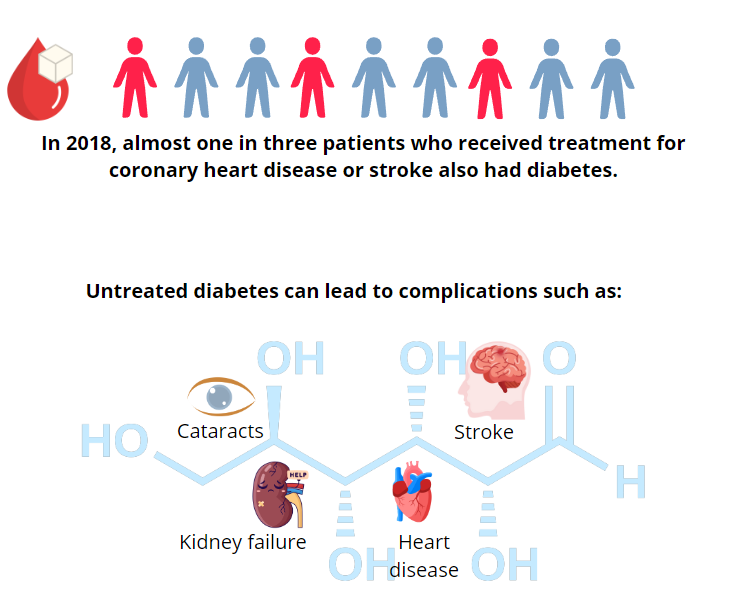
Tekst: Agnieszka Kicińska
Redakcja: Agnieszka Kicińska, Kinga Adamiec
Grafiki: Agnieszka Kicińska




